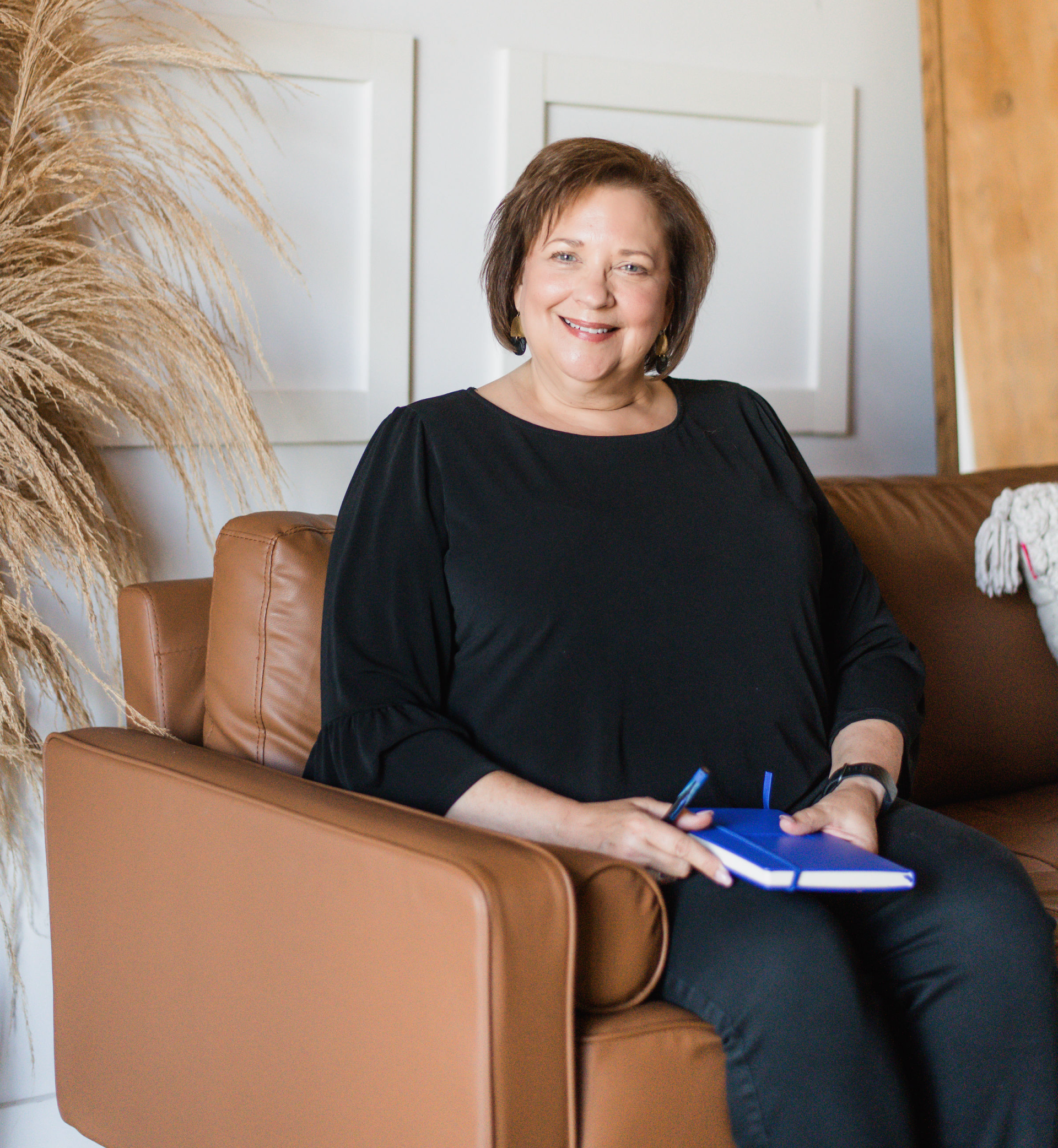Almost One-Quarter of Canadian Seniors Are Caregivers
While older Canadians may be more likely than their younger counterparts to require help and care in their daily lives, almost one-quarter of Canadian seniors aged 65 years and older are caregivers themselves. And while the roles and responsibilities of these senior caregivers may have changed in the context of the COVID-19 pandemic, the challenges they face could be heightened.
Although the pandemic has affected the lives of all Canadians, seniors have been identified as a population particularly vulnerable to COVID-19. Not only are seniors more at risk of severe illness, they are also more affected by isolation measures. As a result, many senior caregivers who help people living outside of their household may not have been able to provide the same level of care that they usually do. Senior caregivers providing help to their spouse may also have seen their burden of care increase, given the possible lack of other support during the pandemic. For example, older caregivers who are usually supported by their adult children to provide help and care for their spouses, may have had to perform additional activities and provide more hours of care than usual. While the data in the current study were collected prior to the COVID-19 pandemic, the results highlight the many challenges senior caregivers already faced.
A new study, "The experiences and needs of older caregivers in Canada," uses data from the 2018 General Social Survey on Caregiving and Care Receiving to provide a profile of senior caregivers in Canada. Senior caregivers are those who have provided help or care to a spouse, another family member, or a friend with a long-term health condition, a physical or mental disability, or problems related to aging.
Senior caregivers are likely to continue to play an important role in the years to come. As the needs for care and help increase with an aging population, smaller families and geographic mobility among Canadians may reduce the supply of potential younger family caregivers. Within this context, many older Canadians may be relied upon to become care providers, even though they may develop health issues of their own, including age-related physical and cognitive declines, chronic illness and some level of disability.





